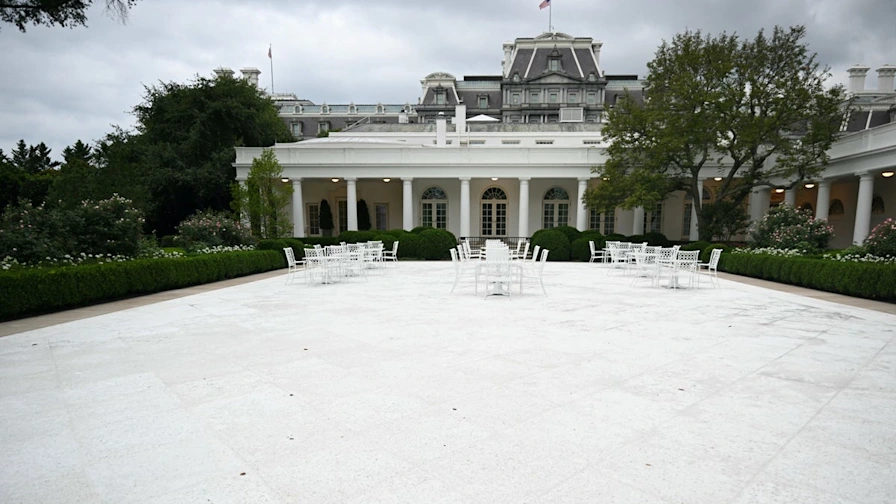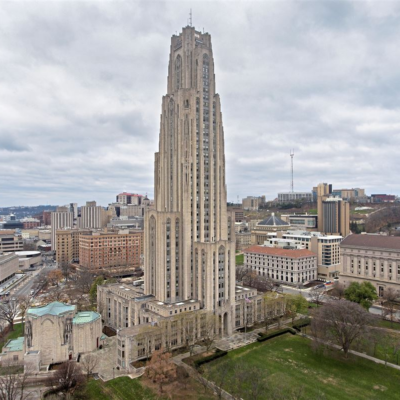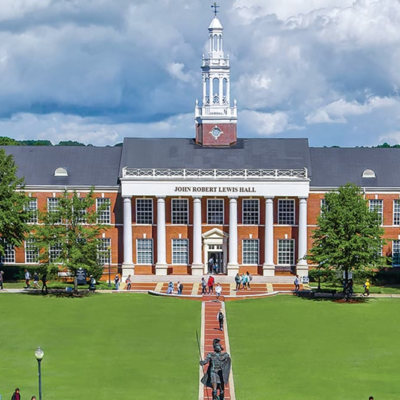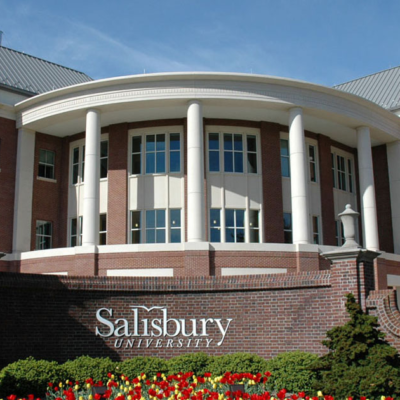The Rose Garden moments have always held a special place in the heart of American history. Nestled beside the Oval Office, the Rose Garden isn’t just a patch of flowers—it’s a stage for diplomacy, remembrance, announcements, and emotion. From presidential addresses to royal welcomes, this outdoor space has offered an elegant backdrop to some of the most iconic events in American politics.
But in 2020, under the direction of then-First Lady Melania Trump, the Rose Garden underwent a dramatic renovation. Many believe that renovation stripped away decades of symbolism and emotional connection, turning a vibrant garden into something more sterile and less alive—both figuratively and literally.
Let’s revisit the Rose Garden moments that defined presidencies, shaped public opinion, and marked history. And let’s ask: What did we lose when Trump paved it over?
The Symbolic Heart of the White House
The Rose Garden has always been more than landscaping. Established in its modern form by First Lady Jackie Kennedy in 1962, the space was designed to blend French style with American tradition. Over time, it came to represent stability, beauty, and continuity—a place where presidents could connect with the American public in a peaceful, open-air setting.
Whether it was President Clinton addressing the nation with his cabinet behind him or President Obama awarding the Medal of Honor, the Rose Garden moments reflected the nation’s highs and lows.
Iconic Rose Garden Moments Through the Years
Let’s look at some of the key events that shaped the garden’s legacy:
1. President John F. Kennedy and Charles de Gaulle (1961)
Before the modern Rose Garden took shape, JFK used the outdoor area for a press conference with French President Charles de Gaulle. This event set the tone for future diplomatic moments in the garden.
2. President Reagan’s Remarks After Surviving an Assassination Attempt (1981)
Just weeks after being shot, Ronald Reagan returned to the White House and addressed the press from the Rose Garden. His humor and strength became a symbol of resilience.
3. Obama’s Same-Sex Marriage Endorsement (2012)
President Obama made history by becoming the first sitting president to publicly support same-sex marriage. He shared his statement in a heartfelt interview, but later reinforced it during a Rose Garden address. It became a historic moment in the fight for LGBTQ+ rights.
4. Trump’s COVID-19 Press Conferences (2020)
Many remember Trump’s pandemic press briefings from the Rose Garden, where mixed messages and tense exchanges often replaced the grace and solemnity the garden was known for. For critics, this period symbolized a turning point in how the garden was used.
Melania Trump’s Rose Garden Renovation: What Changed?
In August 2020, Melania Trump unveiled her redesign of the Rose Garden. While some praised the effort for restoring the garden’s original layout, many historians, garden enthusiasts, and members of the public felt differently.
Key Changes:
- Removal of Crabapple Trees: These trees were planted during the Kennedy era and offered vibrant spring blooms. They were removed and reportedly replanted elsewhere.
- Less Color: Bright tulips and seasonal blooms were replaced by more muted tones and uniform hedges.
- Marble Walkways: New walkways made the area more accessible but also added a colder, more formal look.
- Tech Upgrades: Improvements were made to lighting and media access, but critics felt it came at the cost of natural beauty.
The visual impact was immediate—and not in a good way, according to many. Photos showed a bare, almost lifeless landscape where once colors bloomed and nature thrived.
The Emotional Loss of Rose Garden Moments
It’s not just about plants or architecture. The redesign represents a shift in tone and priorities. For decades, the Rose Garden moments gave Americans emotional touchpoints—hope, unity, celebration, and even mourning.
By transforming the garden into a more formal, rigid space, critics say the Trump administration erased the warmth and character that made those moments feel personal.

Garden designer and historian Marta McDowell explained it best:
“When you change a garden, you change the way people feel. You change how history is remembered.”
Side-by-Side: Before vs. After
Images tell the story better than words. Side-by-side comparisons of the garden before and after the renovation show a stark difference. The lush crabapple trees and pops of pink, red, and yellow were replaced by monochrome greens and concrete.
What once looked like a welcoming space for spring ceremonies now resembled a sterile patio fit for corporate events.
Public and Expert Reactions
Public opinion was deeply divided. On social media, hashtags like #RoseGardenMassacre trended. Former staffers and garden historians called the redesign a “paving over of history.”
Former First Lady Laura Bush, who also worked on the garden during her time, said in a 2021 interview:
“Each First Lady leaves her mark, but I do think it’s important to preserve tradition. There’s something about continuity that reassures the American public.”
Why Rose Garden Moments Matter More Than Ever
In a time when political division runs deep, shared traditions matter. They remind us of our collective past, our values, and our journey as a nation. The Rose Garden moments gave Americans a peaceful backdrop to process huge events.
Losing that emotional setting isn’t just a design issue—it’s a cultural one.
Can the Garden Be Restored?
There’s growing conversation about whether the next First Lady (or President) should consider restoring the Rose Garden to its pre-2020 design.
A petition launched in 2020 called for the return of the Kennedy-era layout and garnered over 150,000 signatures. Some political analysts argue that reversing the changes would be seen as a symbolic move toward healing national divisions.
What the Rose Garden Teaches Us About Memory
Ultimately, the Rose Garden is more than plants and pathways—it’s a living museum. Every speech, handshake, or tearful moment becomes part of that garden’s soul.
When Donald Trump “paved it over,” as many have described, he didn’t just change a landscape—he altered a national symbol. And in doing so, we lost something personal and profound.
Conclusion: Preserving More Than Just Flowers
In a world that’s constantly changing, places like the Rose Garden anchor us. They help us remember where we’ve been and imagine where we’re going. The Rose Garden moments are etched not only in soil but in national memory.
Restoring them may not just be about aesthetics. It could be an act of respect—for history, for unity, and for the power of a moment shared under the open sky.
Do Follow USA Glory On Instagram
Read Next – Mike Flood Booed at Town Hall Over Trump Defense






